In our article you will find detailed information on how to correctly transmit, flash documents with threads in office work.
Contents
- How to correctly transmit, flash documents with threads in office work - the basic requirements according to the rules of GOST
- How to pass correctly, flash documents with threads of 2 punctures - step -by -step instructions
- How to transmit, flash documents with threads of 3 punctures - step -by -step instructions
- How to transmit, flash documents with threads in 4 punctures - step -by -step instructions
- How to pass it correctly, flash documents with threads on the corner - tips
- How to do it correctly when stitching documents with threads, carry out gluing?
- The stitching and numbering of pages of documents for the archive, tax, notebooks - is it possible to make corrections if there are errors?
- Video: How to make a solid binding for a constant shelf life?
Although we live during the intensive development of the Internet, and most documents are created in electronic form, no one canceled the correct storage of paper documentation. Moreover, if important documents are not correctly archived, then penalties can be imposed on a company, enterprise, institution. Therefore, let's figure out how to correctly go, flash documents with threads in office work, how to numb and seal them from behind according to all GOST rules.
How to correctly transmit, flash documents with threads in office work - the basic requirements according to the rules of GOST
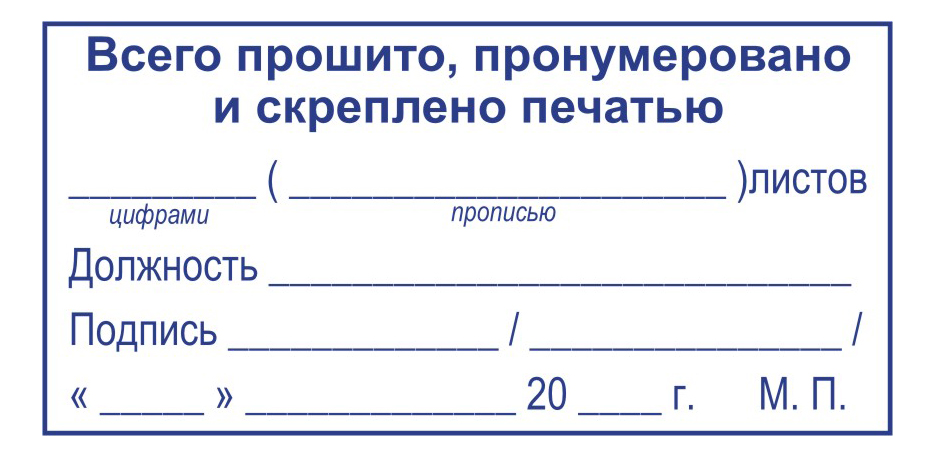
Archivaling documents is a fairly simple process, but still it is necessary to adhere to general rules for all state institutions. In order to streamline the storage of paper documentation, GOST's generally accepted rules were developed.
How to pass correctly, flash documents with threads in office work:
- You need to start archiving with the preparation of the cover, In which the documents will subsequently be invested. Most often, cardboard products are used for these purposes. But if you plan to store the documentation for a long period, spend on a thin plastic folder. The size of the cover should be exactly the same as the documentation. In no case should she even protrude beyond the covers for a couple of millimeters.
- Next, you can start preparing the documentation. It must be carefully examined, and if there are paper clips or clamps for paper sheets, everything is carefully removed. After that, you can start folding sheets of paper in a neat stack. According to the rules, in the archival volume there should be no more than 250 sheets. If you archive invoices and accounts, then they can be added to that of 500 sheets, just after 250 documents, put an empty white sheet of standard size into it.
- At the next stage, do numbering. Take a pencil and write the numbers in the upper right corner. Consider some features, a sheet with an inventory of the archival volume is not numbered, the numbering according to the rules of GOST begins with the title sheet.
- Having finished with the numbering, we proceed to the preparation of the inventory of the documentary archive. On a blank sheet of paper, a clear, legible handwriting is prescribed the date of the creation of an archive volume, the name of the company, institution, production. Without fail, we indicate the exact number of archive documents, the estimated storage periods, as well as the details of the one who completed this work.
After all preparatory work is completed, you can start directly to stitching documents with threads. How to do this correctly we will show you a little lower.
How to pass correctly, flash documents with threads of 2 punctures - step -by -step instructions

The easiest way to archival documentation is to flash documents with threads of 2 punctures. How to do it?
How to transmit, flash documents with threads in 2 punctures - step -by -step instructions:
- We carry out the preparation of the archival volume according to all the requirements of GOST. We introduced you to them at the very beginning of our article.
- Next, take the hole punch and, retreating from the edge of the sheet 1-2 cm, we make a puncture. Try to make it as accurately as possible so as not to damage archival sheets.
- After that, you can take a thread and flash the volume. To keep the sheets well in volume, the thread is passed through the holes 2-3 times.
- Lining ends on the last page of the archive. The ends of the thread stretch through the holes and tied with a dense knot.
IMPORTANT: If you wish, you can lace the archive volume immediately with a needle, but be prepared for the fact that this process will take a little more time and effort.
How to transmit, flash documents with threads of 3 punctures - step -by -step instructions
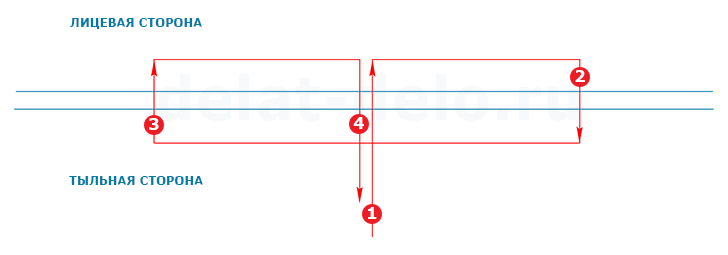
Archives of the documentation in a method of three punctures are slightly more complicated than the previous one, so in this case it is best to make holes on paper with a hole punch. So it will be easier for you to sew the thread.
IMPORTANT: In this case, it is necessary to properly make a puncture of the documentation. So that later the sheets do not go, the distance between the holes made by the hole punch or needle should not be more than 3 centimeters.
How to transmit, flash documents with threads of 3 punctures - step -by -step instructions:
- We carry out standard preparation of an archival volume
- We arm ourselves with a hole punch and make three punctures on the documentation, taking into account the nuance, with which we introduced you to a little higher.
- Next, take the thread and enter it from the back of the archive into the puncture in the center
- At the next stage, we enter the thread on the front side of the archive
- If you did everything right, then the thread should be on the back again, and you will need to pass it into the remaining “empty” hole
- Когда нить окажется на лицевой стороне, ее надо будет повторно продеть в центральное отверстие на тыльную сторону
- At the final stage we make a dense knot
To make it more clear to you how to make archiving in this way, watch our training video.
How to transmit, flash documents with threads in 4 punctures - step -by -step instructions
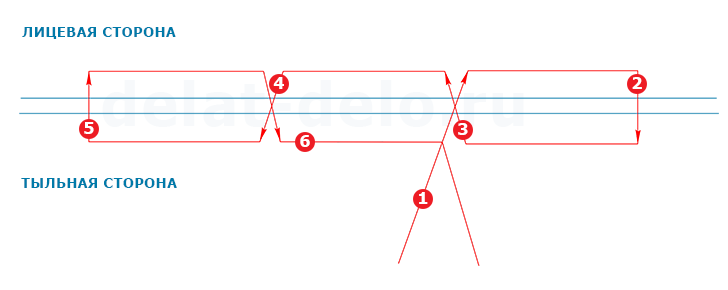
If you use this method for archiving, then be sure to use the hole punch. Especially if you archive a big volume. In this case, you can make all the holes in advance, and then stretch the thread through them without any problems. Punches are done standardly. Retreat from the edge of 1-2 centimeters, and make 4 punctures every 3 centimeters.
How to transmit, flash documents with threads in 4 punctures - step -by -step instructions:
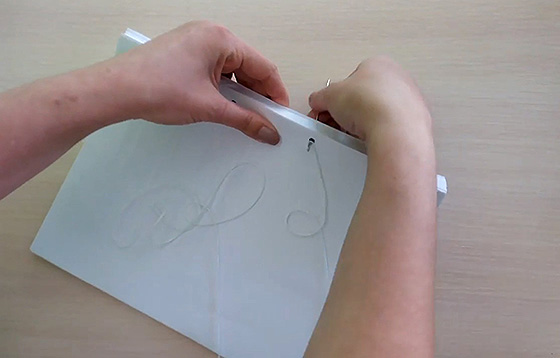
- You need to start the archive firmware from the second hole from the edge. Enter a thread into it from the back.
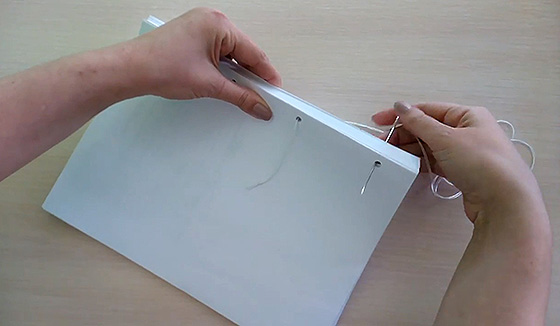
- Next, the thread stretches from the front side to the back through 1 hole located near the one from which the lacing began.
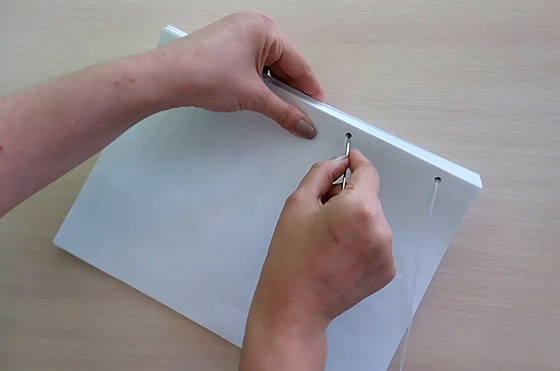
- Next, enter the thread again as the first time (into the same hole).
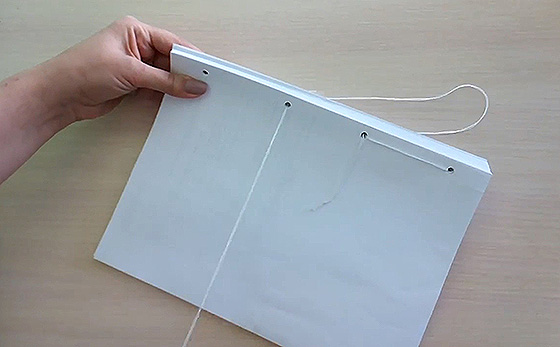
- In the next step, we stretch the thread after 3 holes - on the front side.

- After that, enter the thread into the extreme puncture and pull it out of the back.
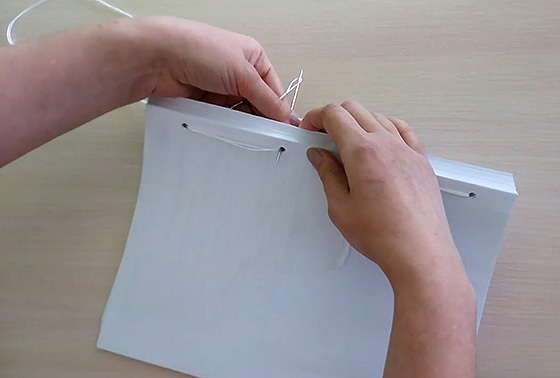
- We stretch the thread as shown in the photo above.

- We cross the free ends of the thread and tie a knot.
Watch in more detail in the video.
How to pass it correctly, flash documents with threads on the corner - tips

Sometimes in office work it is necessary to sew not only archives, but also documentation in literally a couple of standard sheets, for example, charters. In this case, there is no need to do 2, 3 or 4 punctures. Such documents can be laced on the corner.
How to pass it correctly, flash documents with threads on the corner - tips:
- In this case, you can do with a needle with a thread, but if you want, use a hole punch
- In the upper left corner, having retreated 1-2 centimeters, make a puncture
- Enter the needle on the back
- Having extended a thread with a needle on the front side, make another puncture, retreating from the previous one literally 0.5 centimeters
- Through this puncture, stretch the thread on the back and fix everything with a knot
How to do it correctly when stitching documents with threads, carry out gluing?
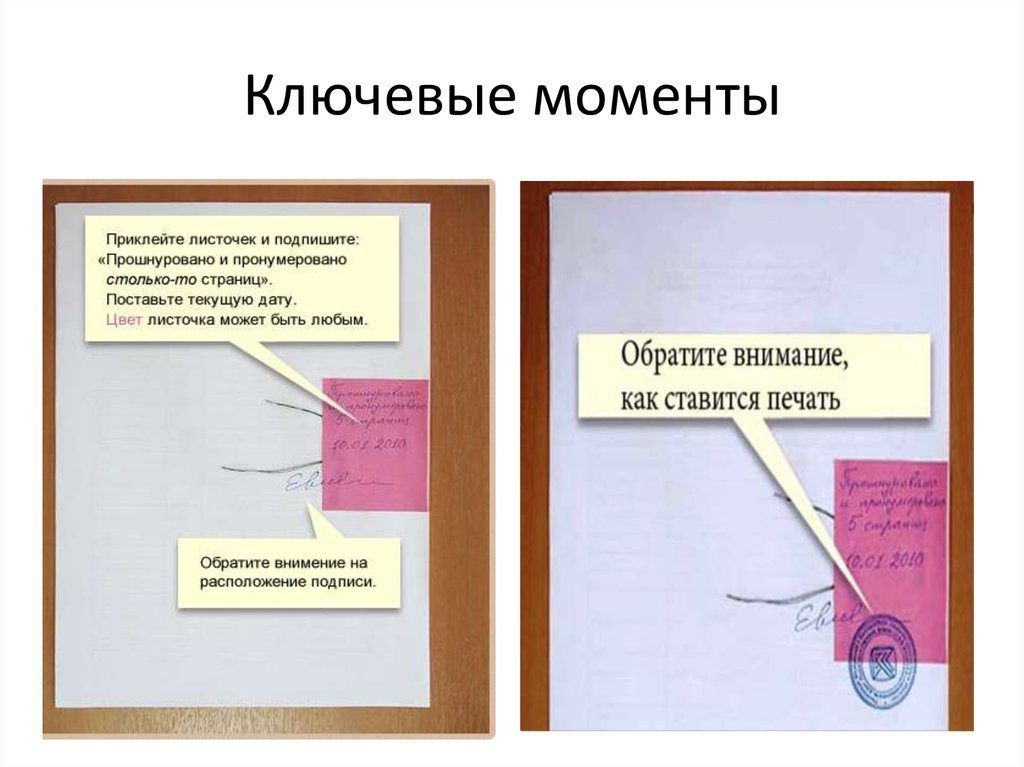
And now let's analyze in more detail the nuances of the numbering and sealing of the archival volume.
How to do it correctly when stitching documents with threads, carry out gluing:
- The pages of the archival volume must be numbered in Arabic numerals, exclusively in increasing.
- The desired figure is prescribed by neat handwriting in the upper right corner, it should not even “go” with information on the document for a couple of millimeters.
- If there are business letters in the archival volume, then they are also numbered. First, the number is prescribed on the envelope, and then on the letter itself.
- Sometimes the archive consists of several separate volumes, in this case, each of them is numbered separately.
- If your archive volume has a sheet, the dimensions of which are more than the rest, then it is numbered as follows - the number is affixed in the upper right corner, and then the sheet is bended so that it does not go beyond the upper cover.
- The numbered archive is mandatory. For this, a piece of paper is glued to the threads tied to the knot. Make sure that after this manipulation the tips of the threads hang freely.
- This leaf indicates how many documents in volume are indicated - the information is written in Arabic numerals and duplicated in words. You can immediately indicate that damaged documents are filed in the archive.
- In addition, the sheet indicates the name of the compiler of the archive, his signature. Next, the seal is affixed - it should be on paper for sealing, and on the last sheet of the archive.
The stitching and numbering of pages of documents for the archive, tax, notebooks - is it possible to make corrections if there are errors?
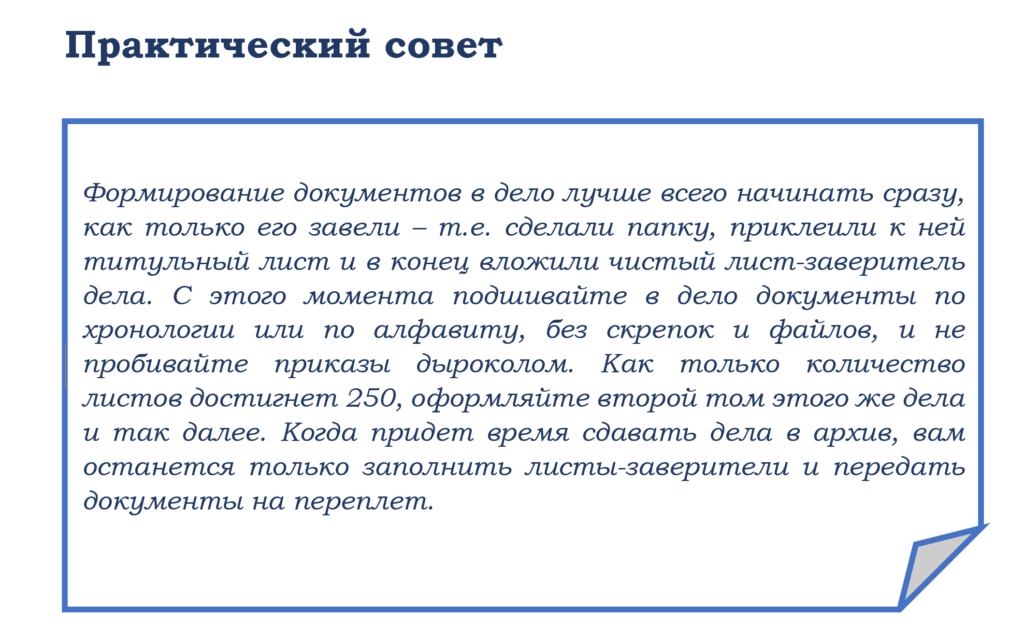
Sometimes it happens that the archival volume is ready, but it turns out that the sheets are not numbered, or it turned out that part of the documentation remained not heated. What to do in this case?
The stitching and numbering of pages of documents for the archive, tax, notebooks - is it possible to make corrections if there are errors:
- If it turns out that during the numbering of the documentation you wrote one digit twice, then in this case you can fix everything. To do this, it is enough to add the letter to the repeated number, for example, you will have a sheet 11 and 11a in your archive.
- If you have lost your account, you will have to cross out the figure and register the correct one. Keep in mind that you need to make corrections carefully, without oily crossings and blots.
- But if you have not invested several documents in the archive volume, then everything is more complicated. You will not succeed in just taking and heal at the very end, it is strictly forbidden. All that you can do, either re -sew the documents, or make a separate volume.







